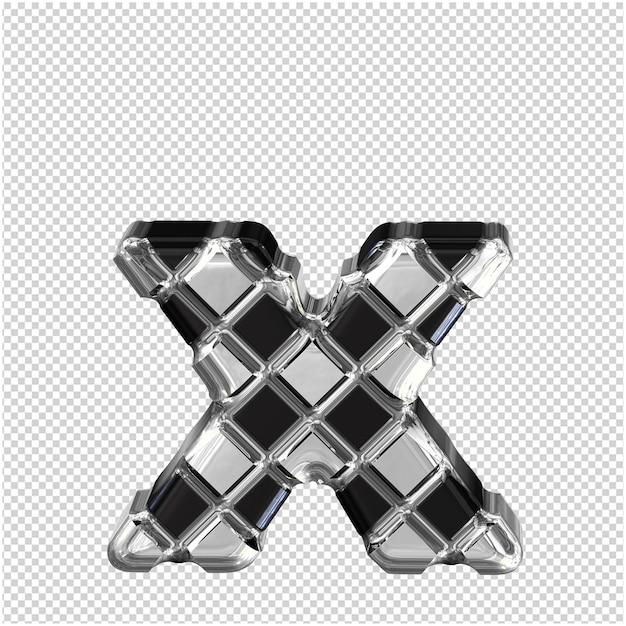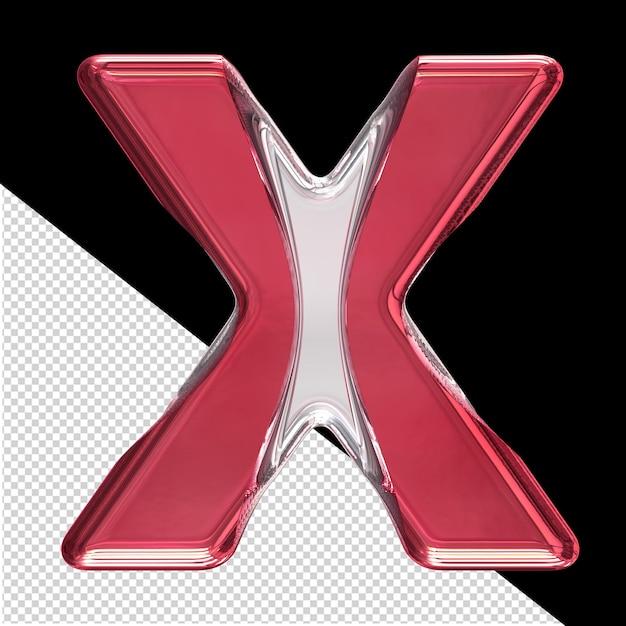Have you ever wondered what those tiny numbers and letters above or below the text are called? You’ve probably seen them in math equations, scientific notations, or even in chemistry formulas. Well, those are called superscripts and subscripts. But what exactly is the difference between them?
In this blog post, we’re going to dive into the world of superscripts and subscripts, exploring their definitions, applications, and the discrepancies between the two. Whether you’re a student trying to understand the nuances for your class or simply curious about their usage, this article will provide you with a comprehensive understanding of superscripts and subscripts.
Let’s get ready to demystify these little script counterparts and uncover their distinctive features. So, keep reading to learn more about superscripts and subscripts and how they are utilized in various fields.
Superscript vs Subscript: Decoding the Small Text Mysteries
In the realm of typography, superscripts and subscripts add a touch of elegance and a smidgen of complexity to our written language. These diminutive little characters have the power to make our words soar in the skies or descend into the depths. But what exactly sets them apart? Grab your superhero cape as we dive deep into the world of superscripts and subscripts!
What’s Up with Superscripts
Superscripts are like the superheroic versions of regular characters. They appear slightly above the baseline and have the ability to command attention. Think of them as the caped crusaders of typography! Whenever you need to raise something to the next level or add a little oomph to your text, superscripts come to the rescue.
Rejoice, math geeks! In mathematics, superscripts are commonly used to denote exponents. For example, 5² showcases the power of 5, multiplying it by itself. That’s some serious mathematical muscle!
The Sublime World of Subscripts
Now, let’s descend into the sublime world of subscripts. Subscripts, unlike their heroic counterparts, slink below the baseline. They are like the humble sidekicks that provide support and convey important additional information.
In the realm of science, subscripts make their presence known by showing chemical elements in chemical formulas. For instance, H₂O represents everyone’s favorite thirst-quenching molecule, water. It’s the subscript ₂ that says, “Hey, there are two hydrogen atoms here, folks!”
Battle Royale: Superscripts vs. Subscripts
In this majestic battle between superscripts and subscripts, the outcome ultimately depends on the context and purpose of their usage.
Usage: Superscripts are often employed to add emphasis, indicate exponents, or denote footnotes. On the other hand, subscripts are commonly used to represent chemical formulas, molecular compositions, and mathematical operations like limits or indices.
Elevation vs. Descent: While superscripts ascend above the baseline, subscripts gracefully slither beneath it. It’s like comparing soaring across the sky with exploring the depths of the ocean. Both have their own charm and serve different purposes.
Impact: Superscripts demand attention and create a visual break in the text, drawing the reader’s eye to specific information. Subscripts, however, provide additional details without stealing the show. They quietly support the main text, like a trusty sidekick.
Wrapping Up
After this epic showdown between superscripts and subscripts, we hope you’ve gained a better understanding of their unique superpowers. The next time you encounter a small raised or lowered character, you’ll know whether it aims to soar above or delve below. Remember, typography can be a playful art form, so embrace the beauty and versatility of superscripts and subscripts in your writing adventures!
FAQ: What Is The Difference Between Superscript and Subscript
Welcome to our comprehensive FAQ guide on superscript and subscript! In this section, we’ll answer some of the most commonly asked questions about these intriguing typographic elements. So, sit back, relax, and let’s explore the subscript and superscript world with a touch of humor!
Where Can You Find Subscript in Chemistry
In chemistry, you can find subscripts used to represent the number of atoms in a molecule. For example, the chemical formula for water is H2O, where the subscript “2” indicates that there are two hydrogen atoms in each water molecule.
What Are the Steps for Superscript in Class 10
In Class 10, you might come across superscript while working on various subjects. The steps for superscript involve raising a number, letter, or symbol slightly above the regular line of text. It’s often used in math, science, and technical writing to denote exponents, footnotes, or citations.
What Is Superscript and Subscript on Brainly
Brainly is a popular online learning platform that allows students to ask and answer questions. In the context of Brainly, superscript and subscript refer to the formatting options available for expressing mathematical equations or chemical formulas correctly.
What Is the Symbol for Superscript
The symbol for superscript is the caret (^). This small but mighty symbol is commonly used to indicate exponents or powers. For example, 2^3 is read as “2 raised to the power of 3,” which means 2 multiplied by itself three times.
How Do You Use Superscript and Subscript in MS Word
In MS Word, the process of using superscript and subscript is quite simple. To access these formatting options, follow these steps:
1. Select the text or character you want to format.
2. Go to the “Home” tab.
3. In the “Font” group, click on the arrow next to the “Superscript” or “Subscript” button.
4. Voila! Your text is now in superscript or subscript.
Is Superscript a Fancy Font Style
Actually, superscript is not a font style on its own. It’s a specialized formatting option used to raise text above the baseline. So, don’t worry, you don’t need to go searching for a “superscript font” to achieve this effect.
What’s the Difference Between Subscript and Superscript in HTML
In HTML, the main difference between subscript and superscript lies in how the text is positioned relative to the baseline. Subscript text is positioned below the baseline, while superscript text is positioned above it. These formatting options allow for the correct representation of mathematical equations and chemical formulas on web pages.
What Is Superscript and Subscript in Chemistry
In chemistry, superscript and subscript are used to represent elements, isotopes, or ions. Superscript is used to denote the charge of an ion or the atomic number and mass number of an isotope. On the other hand, subscript is used to indicate the number of atoms in a chemical formula or the stoichiometric ratio in a chemical reaction.
What Is Subscript in Chemistry
Subscript in chemistry refers to the small numbers that appear slightly below the line of text. These numbers indicate the number of atoms of each element in a molecule or the stoichiometric coefficients in a balanced chemical equation. They play a vital role in accurately representing chemical formulas and reactions.
How Do You Write Subscript
Writing subscript is quite simple. To write subscript, you need to lower the text below the baseline. You can achieve this by using the subscript formatting option in word processors like MS Word, Google Docs, or by manually adding HTML tags like and around the desired text when typing in an HTML document.
What Does
In HTML,
is a closing tag used to mark the end of a paragraph. It signifies that the content between the opening
tag and the closing tag belongs to a single paragraph. By using this tag correctly, you can ensure well-structured and visually appealing web pages.
What Is the Value of Subscript
In the context of subscript, the value represents the number that appears slightly below the baseline. This number indicates the quantity of atoms, ions, or isotopes in a chemical formula or reaction. The value of subscript provides crucial information about the composition and stoichiometry of the substances involved.
What Is Superscript in Computer Class 10
In Computer Class 10, superscript refers to the formatting option used to raise text or numbers slightly above the regular line of text. It allows for the correct representation of mathematical equations, exponents, or footnotes. Understanding superscript is essential for effectively communicating information in computer-based documents or presentations.
What’s the Difference Between Superscript and Superscript Option
Ah, the classic mix-up between superscript and superscript! Let’s clarify things. Superscript relates to the formatting option that raises text above the baseline, allowing it to appear smaller and slightly higher. On the other hand, the “superscript option” could refer to the feature or tool available in software applications to apply superscript formatting.
What’s the Difference Between Superscript and Subscript Class Ninth
In Class Ninth, when learning about superscript and subscript, you’ll come across their distinct purposes. While superscript is employed to indicate exponents, powers, or citations, subscript is used to represent the number of atoms or stoichiometric coefficients in chemical formulas or equations. Knowing these differences ensures precise and accurate scientific communication.
What’s the Difference Between Subscript and Index
Although they may seem similar, subscript and index serve different purposes. Subscript refers to the number written slightly below the baseline, indicating the quantity of atoms or coefficients. On the other hand, an index refers to a smaller, raised number or letter used as a reference identifier or exponent in mathematical expressions.
What Does Subscript Mean
Subscript refers to the small numbers, letters, or symbols that appear slightly below the baseline in written or printed text. These characters are used to indicate the quantity of atoms in a molecule, the stoichiometric coefficients in a chemical equation, or the position of elements in a matrix. They play a crucial role in scientific and mathematical notation.
What’s the Difference Between Subscript and Coefficient
Ah, the difference between subscript and coefficient! Subscript indicates the number of atoms or ions in a molecule, while coefficient refers to the number multiplying a compound or element in a balanced chemical equation. Subscripts provide specific information about composition, while coefficients modify the overall quantity of substances involved.
Is the “2” in O2 Subscript or Superscript
The “2” in O2 is a subscript. It indicates that there are two oxygen atoms bonded together to form a molecule of oxygen gas (O2). The subscript is used to accurately represent the composition and molecular structure of compounds in chemical formulas.
What’s the Difference Between Superscript and Subscript? Explain with Examples!
Certainly! Let’s explain it further with some cool examples. Superscript is used to represent exponents, such as 102 (10 raised to the power of 2), which equals 100. On the other hand, subscript is employed to indicate the number of atoms in a chemical formula, like H2O for water (two hydrogen atoms and one oxygen atom). These formatting options allow for precise and concise representation of various scientific concepts.
What’s the Limitation of Subscript
While subscript is a valuable tool for indicating the quantity of atoms or coefficients, its limitation lies in complex chemical formulas or equations. The subscript format may become visually confusing when dealing with multiple subscripts or nested expressions. In such cases, alternative notation or chemical naming conventions are employed to convey information more effectively.
We hope this FAQ section has deepened your understanding of subscript and superscript while bringing a smile to your face. Feel free to delve into the world of typographic magic as you continue your writing journey! Happy subscripting and superscripting!
Disclaimer: This blog post is generated by AI and designed to provide general information. It should not be substituted for professional advice. Please consult with experts for specific situations.

